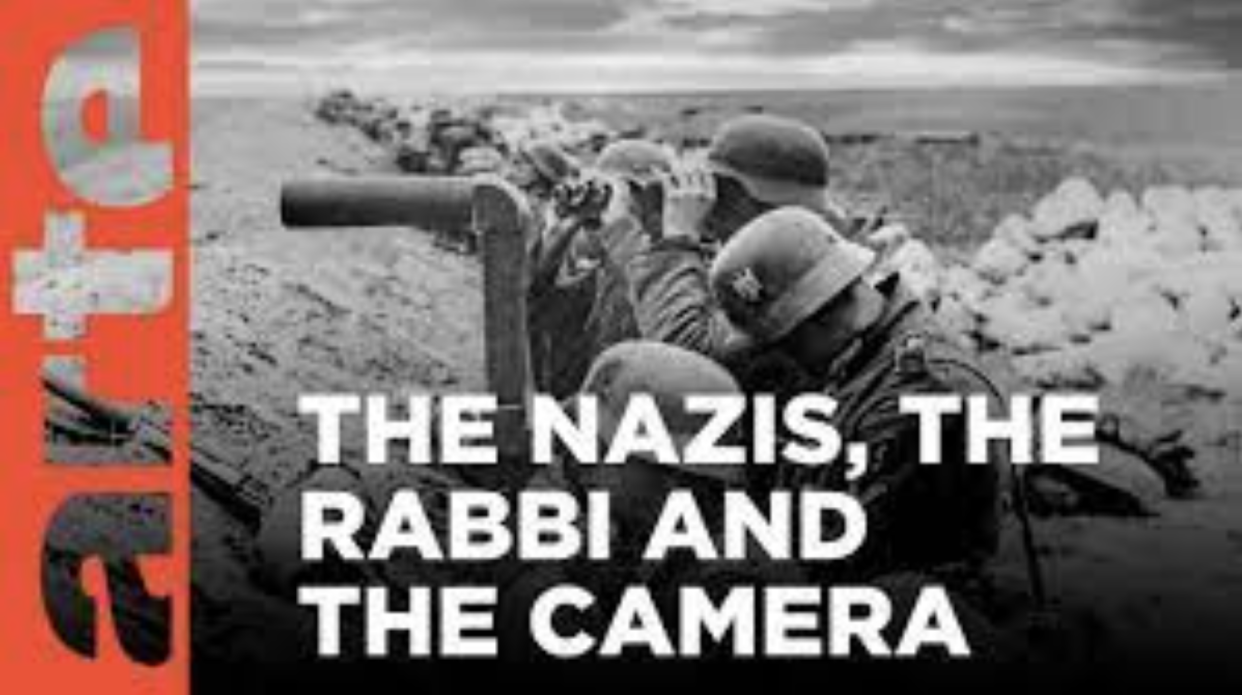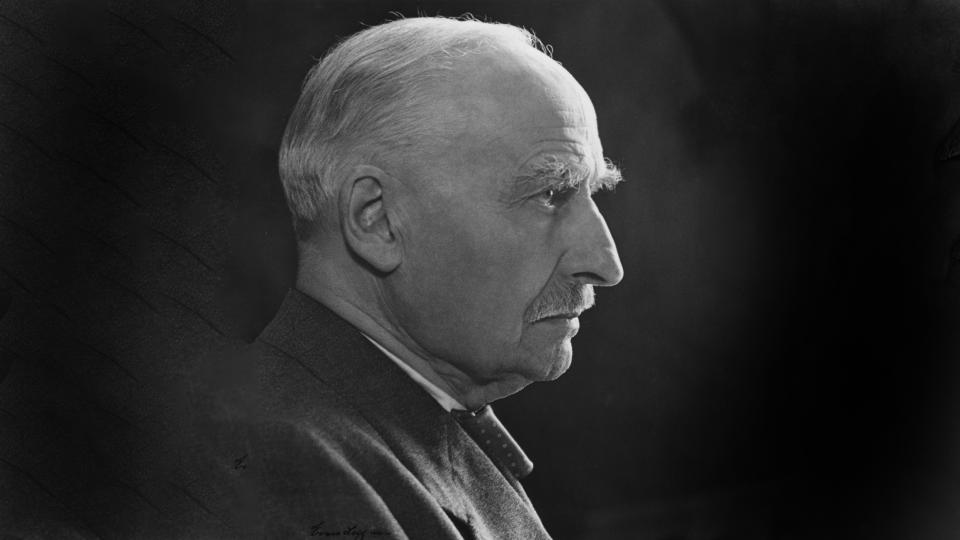Rabbi uncovers story of how Leica boss saved lives of hundreds of Jews

A documentary telling the little-known story of how the son of Leica’s founder, Ernst Leitz Wetzlar helped Jews escape Poland has just been released on Arte TV. Despite being a member of the Nazi party, Ernst Leitz II helped hundreds of Jews to safety between 1938 and 1939 by hiring them as Leica “employees” and sending them around the world to work in his showrooms.
Between 1920 and 1956, Ernst Leitz II was head of the Leica company, a company which supplied the German military with the cameras which they used in propaganda campaigns. In many ways, Leitz was a walking controversy, but he personally helped hundreds of Jews and their families to safety, helping them get jobs and making sure they had money to live off.
? These are the best Leica cameras - including the world's only monochrome rangefinder and the compact Leica Q3
Frank Dabba Smith is a Rabbi and photographer born in California but based in Northwest London. His first camera was a 1954 Leica M3 with a 50mm Summicron lens which he purchased with money saved from his Bar Mitzvah. As a photography student, he stumbled across a book called The Photography Catalogue where Norman Lipton spoke about young Jewish people being helped out of Germany by Leitz II. Many of Frank's Polish relatives were murdered during the Holocaust but his passion for Leica cameras and his interest in the company propelled him to uncover new information about Leitz II's secretive life.
Fascinated by the role Leitz II played in rescuing Jews, in 1999 he reached out to Knut Kuhn Leitz, the grandson of Ernst Leitz II, who knew nothing of his grandfather's story. Together they spent the next two decades carefully researching and piecing together pieces of the puzzle using documents, photos, and witness testimony.
One of the families who benefitted from Leitz's rescue mission was the Ehrenfields. They owned a camera shop in Frankfurt which was one of the biggest sellers of Leica cameras in Germany. On arriving in the US, they were renamed from Ehrenfeld to Englefield but, like Leitz II, the story of what happened to them was hardly talked about (that, though, is a story for another day).
Leica cameras completely revolutionized 35mm photography and to this day, they are some of the most sought-after, collectible items fetching hundreds of thousands, if not millions, at auction. While the Leitz family name is famous for the development of Leica, perhaps Leitz II most worthy claim to fame is the lives he saved during Hitler's dictatorship, before the German borders closed and Poland was invaded in 1939. As well as the Jews he helped flee abroad, he continued to hire many in his factories up until the end of WWII alongside Nazi employees and spies.

During his lifetime, Leitz II spoke very little of the role he played. Leica continued to be a crucial brand for the German military which is one of the main reasons the Gestapo turned a blind eye to what Leitz II was doing. The optical equipment was more important to them than sentencing the people who manufacture it to the fate of so many others.
If it wasn’t for the curious nature of Rabbi Frank and his personal connection to Poland and Leica, Leitz II’s incredible story may never have been discovered. Leica’s history certainly isn’t black and white, from it has a deep-rooted connection to the Nazi military but at the same time, it was also helping many Jewish families escape the persecution of so many others. For a camera company with such a complicated, complex history, an element of light and dark seems only fitting – just as in a photo light and dark are a necessity.
These are the best camera for black-and-white photography, for those who shoot nothing but monochrome